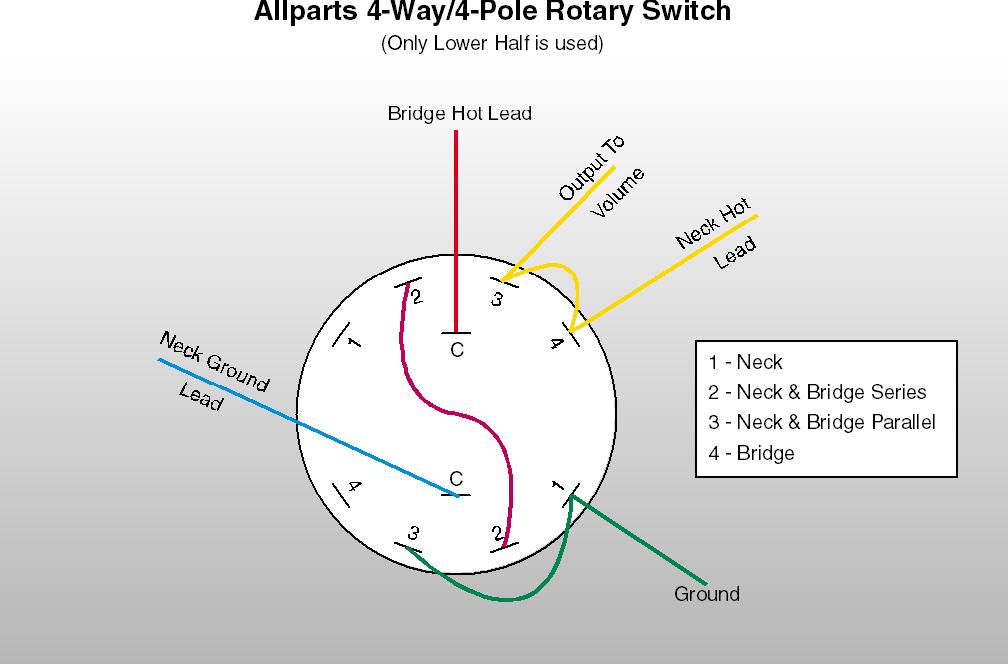
Some ebike safety nuts advocate the use of a kill switch in an ultra powerful home-built electric bike. A thumb throttle is a safer solution because of the problem listed above. Not having an on and off switch on most DIY bikes is a huge safety glitch, which is not only unsafe to the user, but potentially can be dangerous to someone unknowingly moving the bike, or to an innocent pedestrian.Ī twist throttle and no convenient on/off switch is extra dangerous.

As the bike powers up, the tendency is to grab the handgip (throttle) tighter and the ebike gets power juiced into the rear wheel, gaining more power as the startled person grabs the throttle tighter as a natural response. A common problem is someone will grab a DIY ebike intuitively by the hand grip, and not realizing the bike is on, the twist grip sets off and the ebike launches (small kids that are just passing by are the most dangerous). Some electric bikes can be noisy or rickety sounding at speed….but all ebikes have one big thing in common….they are silent when they are parked….on or off. Most home build DIY bikes are powerful and fast. On /Off Switch for safetyĪn On/off switch is a pertinent safety feature on an electric bike. Also because it is a pain to turn the bike on and off in this way, some ebikers just leave there bikes turned on, even when parking and this can be dangerous. A faulty connector can leave you stranded on a long ride etc and adds to the unreliability of ebikes.

The connector fries after this frequent “arc and spark” maneuver, and the connector will require occasional replacement which means more soldering and more hassle. This can be pain. On a high-power bike, this usually makes a large sparking noise which bothers almost everyone and causes the connector to corrode and eventually fail. Most of the DIY electric bikes I have seen/ridden are turned on by connecting a battery via an ebike connector manually plugged together. If you use just a regular on/off switch on a high power bike, the high amperage will eventually “toast” it. High powered ebikes require more thought because of their capacity to roast connections and switches. The lower power the ebikes components, the easier it is to incorporate an on off switch. If the switch is built into the controller it is no problem, since the controller is already equipped to deal with high voltage and amperage.

But most DIY ebikes are running a lot of amperage and this will stress a normal switch. Usually an on and off switch would be easy. Nowhere is the technology gap seen more in DIY electric bikes than the ebike on and off switch, and nowhere does it seem more needed. Here is a weird stat: 100 percent of the 100 or so commercially available ebikes I have ridden have an on and off switch…and I would estimate only 30 percent of the 100 or so DIY ebikes I have ridden have an on/off switch. As the editor of, I have ridden a massive amount of electric bikes both home-built and commercial ebikes.


 0 kommentar(er)
0 kommentar(er)
